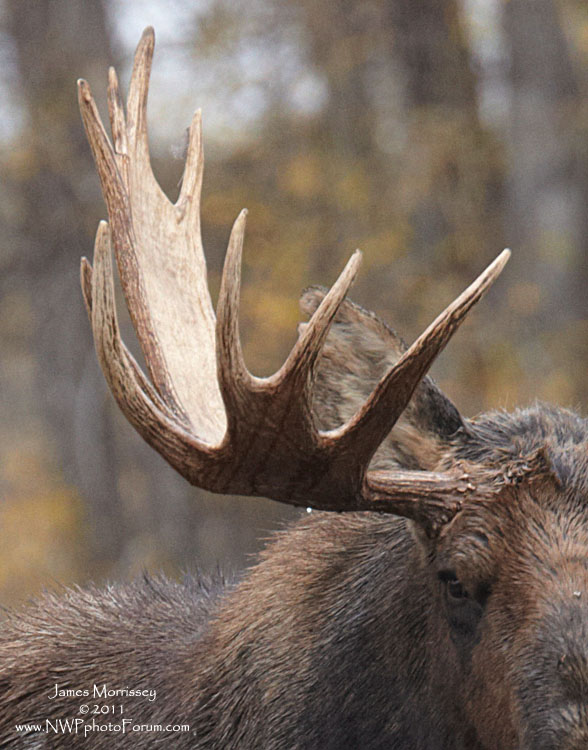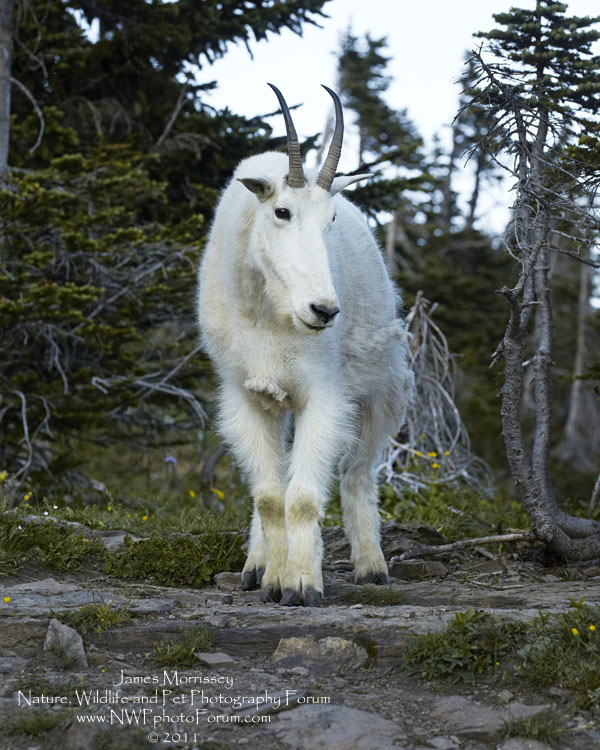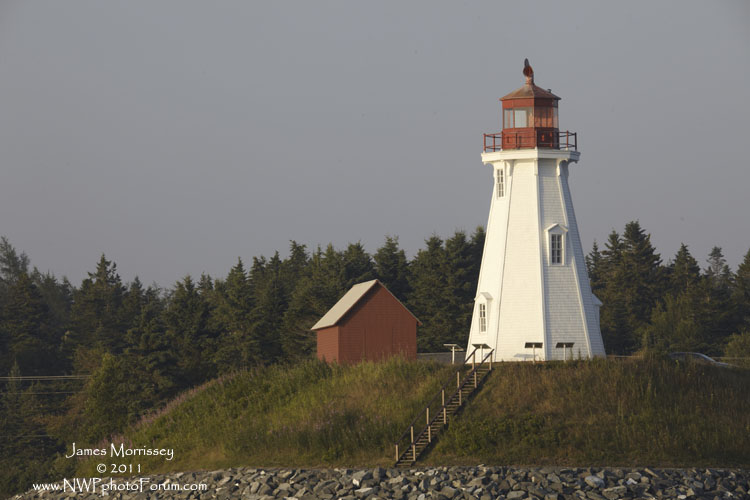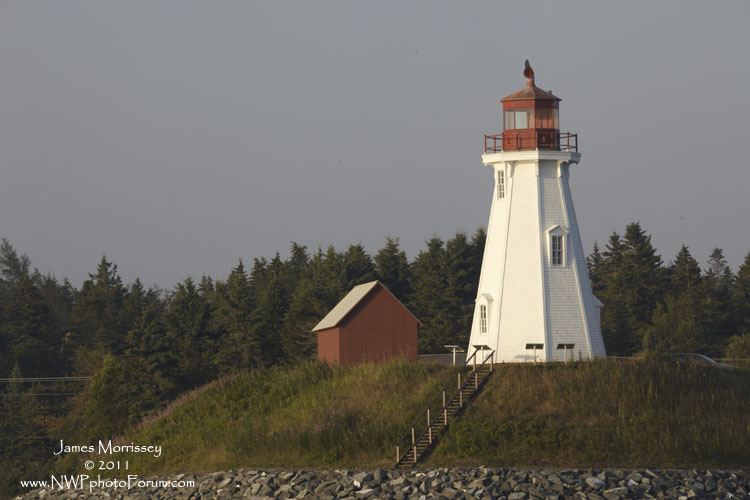Nature, Wildlife and Pet Photography Forum Feature Review:
I have been using the Sigma 120-300 F2.8 OS since August 2011. In those three months, I have had the opportunity to use it in a variety of places - in Machias Seal Island in Maine, Glacier National Park in Montana, and Yellowstone and Grand Teton National Parks in Wyoming. Having used this lens so extensively, I feel pretty comfortable writing about it. I have also been able to use it in a variety of situations - from sunny weather to inclement.
Before we go any further, here is some info on the lens.
Sigma 120-300 Specs:
[*]Maximum Aperture F2.8
[*]Minimum Aperture F22
[*]Weight: 6.5 Pounds
[*]Filter Size 105mm
[*]Minimum Focus Range: 4.9 Feet
[*]18 Groups, 23 Elements
[*]Dimensions: 5 inches x 11.4 inches
[*]Optically Stabilized (i.e. Image Stabilization/Vibration Reduction) to 4 Stops
[*]MSRP 4500/Street 3199.00 (US)
The first thing that I like about this lens is that it costs less than half of what the Canon 300 F2.8 costs. The new Canon 300 F2.8 IS is running for about $7,300. The second is that there is no denying the usefulness of a lens that zooms. While the optical performance of the prime lens is probably superior to the zoom lens, most of my shooting is typically stopped down a bit. A bonus with the lens is that it has a front filter thread. While the 105mm filter is EXPENSIVE (I think I paid 200 dollars for a B+W UV FIlter), at least it has one as an option.
The 120-300 focal length is unique in its class and puts it between a 70-200 F2.8 and a 200-400 F4. While there are other 70-300 zooms on the market, none of them are really in the 'pro' end of the spectrum. With a 1.4x converter, the Sigma has an equivalent focal length of approximately 168mm-410mm F4. If you put a 2x converter, it amounts to a 240-600mm F5.6 lens.
The Sigma lens is equipped with a 'HSM' (Hypersonic) motor. It provides super fast and quiet operation. As I recall, the person at the local camera shop referred to the focus as being "sick." That is as in the 'Urban Dictionary" definition, not the Webster one. It is fast and it is sure. No joke.
The optical performance of the lens is also very good and meets my needs when shooting without a converter. Here are some samples (admittedly stopped down).

ISO 400. 1/1000th of a Second at F9 at 300mm.

100% Crop of Image Above. No Teleconverter.

ISO400: 1/800th of a Second at F9, 300mm.

100% Crop of Above Image. No Teleconverter.
How does it do though when you add a teleconverter? Well, the answer is pretty much expected. When you start adding TCs, image quality is degraded a bit. The 1.4 is still excellent, but images get much softer when stopped down with the 2x. The images are still usable, but for those looking for ultimate detail, you will be not quite as pleased. Having said that, with proper sharpening, the images look very good in print. For these samples, I used the Canon 1.4 TC II and the Canon 2x TC III. One other important note about shooting with TCs is that it slows down the AF operation of the lens significantly. I suppose one can quibble that I did not use Sigma's TCs and that the Canon ones are not 'mated' to the Sigma lens, however, the Canon TCs are considered to be about as good as you can get and seemed to work flawlessly with the lens.
Here are some samples:

ISO 800, 1/50th of a Second at F7.1 at 420mm (1.4x Teleconverter)

Same as Above, at 100% Crop with 1.4 Teleconverter

ISO 400, 1/125th of a Second at F7.1 at 308mm (1.4x Teleconverter)

ISO 400, 1/125th of a Second at F7.1 at 308mm (1.4x Teleconverter) - 100% Crop
Here are some samples using the 2x Extender:

ISO 400: 1/100th of A Second at F9 at 284mm (2x Teleconverter)

100% Crop Above Above Image (2x Teleconverter)

ISO 400: 1/125th of a Second at F11 - Hand Held (2x Teleconverter)

100% Crop Above Image (2x Teleconverter)
You may have noticed that both of these moose photographs taken with the 1.4 extender were taken in inclement weather. This is a solidly put together lens and one of the nice advantages is that it has an element of weather resistance. I admit that I did ultimately throw my jacket on top of the lens when it was raining. There is only so far I wanted to push the lens for the purpose of this review.
While Optical Stabilization (or Image Stabilization) has been around for a long while, I only have one lens that incorporates it. My general feeling is that IS (and OS) is a nice feature, but for those of us who shoot almost exclusively with a tripod, it is not really necessary (and most IS/OS lenses tell you to shut off the feature when mounted on a tripod). At 6.5 pounds, this is not a lens for regular hand holding - LOL, or at least not by folks of my size. It is a monster of a lens. To give a comparison, it is about 1.4 pounds heavier than the Canon 300 F2.8 IS prime lens that recently became available. Of course, you cannot typically compare a prime and a zoom lens, the zoom lens will always be bigger. Anyway, the point I am making is that I would not normally hand hold a 300 prime either (though I realize people do it).
Having said this, there were definitely situations where I did hand hold. Sigma claims that their OS is the equivalent of shooting with an advantage of approximately 4 stops. The general rule of thumb is that you can hand hold and shoot at 1/the focal length of the lens. I honestly almost never hand held at that slow a speed. I had to look long and deep into my catalog to find images where I hand held AND shot under 1/300th of a second (see buffalo above)
In the following image, I was shooting at ISO 800 because the wolf never seemed to slow down and I wanted to make sure that I got him sharp. As I was shooting through a fenced inclosure, I had to shoot hand held. Please note that the 2x Converted image of the bison above was taken hand held as well. As it was with a converter on the lens, I did not feel it was fair to show it off as representative of the lenses performance without a TC. Having said that, you can see that the image is indeed 'still' (even with the softening that occurs with the 2x TC).

ISO 800 1/1250th of a Second at F7.1, taken at 220mm. The above photograph was taken at the Wolf Conservation Center and Preserve in South Salem, New York.

ISO 800: 1/250th At F8, 145mm. Hand Held
As this is a large lens, and a fast lens, vignetting is an issue. I was initially very upset with the amount of vignetting, but when I compared it to my smaller Canon 70-200 F2.8 L, I realized that it was not bad - particularly given its size. The lens is described as being 'average' for vignetting and I agree with that assessment.
I find that vignetting is significant at F2.8 and "acceptable" at F4. Here are resized, but otherwise untouched images taken from F2.8 through F16. As you can see, vignetting is only fully eliminated by the time you get to F11. It is well controlled by F5.6. Optimum sharpness also appears to be around F8. The lens is surprisingly sharp wide open though and throughout the range.

ISO 100: 1/1250th of a Second at F2.8 at 300mm

ISO 100: 1/640th of a Second at F4 at 300mm

ISO 100: 1/400th of a Second at F5.6 at 300mm

ISO 100: 1/200th of a Second at F8 at 300mm

ISO 100: 1/100th of a Second at F11 at 300mm

ISO 100: 1/60th of a Second at F13 at 300mm

ISO 100: 1/50th of a Second at F16 at 300mm
So, does this zoom lens replace all of your older tele zoom lenses? Well, it could. It is very sharp - razor sharp, particularly at the center of the frame. There is definitely some softening at the edges. However, given its price point, I honestly think it is pretty hard to beat. When you consider that this lens is a 3rd party lens and costs less than 1/2 of the alternatives, it is quite a remarkable engineering feat. While much of the recent price increases at C and N have been described as being as a result of the price of the dollar, I still don't believe it. At which rate, the 3rd party lenses should also be increasing significantly - and they are not. I hope that Sigma sells a boatload of them and that C, N and S need to come back to earth with their pricing as a result.
Over-all, I strongly recommend this lens. It is a great zoom that offers a lot of flexibility. It is truly unique in form and function to any lens out currently on the market and at a price point that should put it on any budget conscious consumer's short list.
Interested in purchasing this lens? If so, consider purchasing from our friends at
Hunts Photo and Video. They have been essential in linking us up with new companies.
Also, we hope you will consider joining the forum. We are always looking for new members to share their work and thoughts.